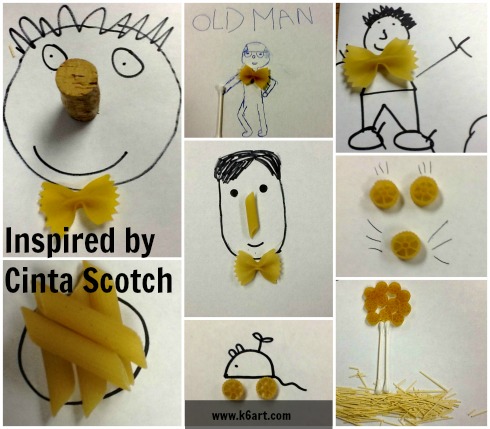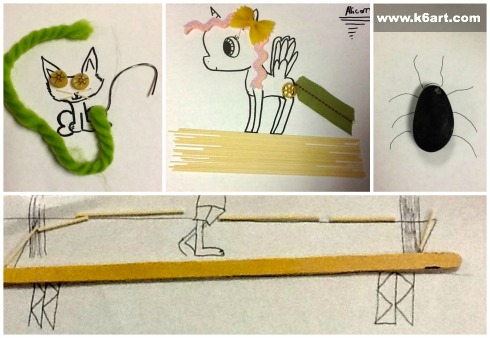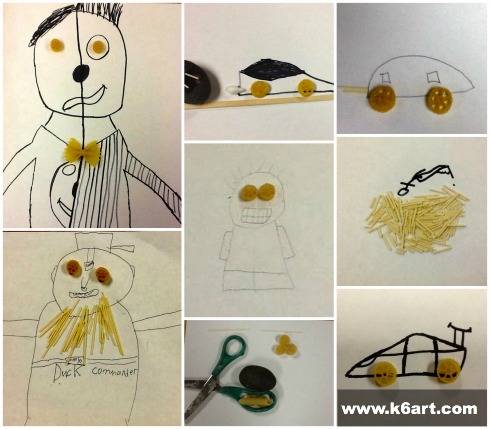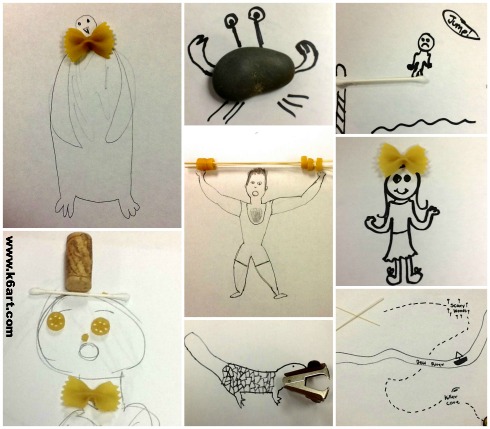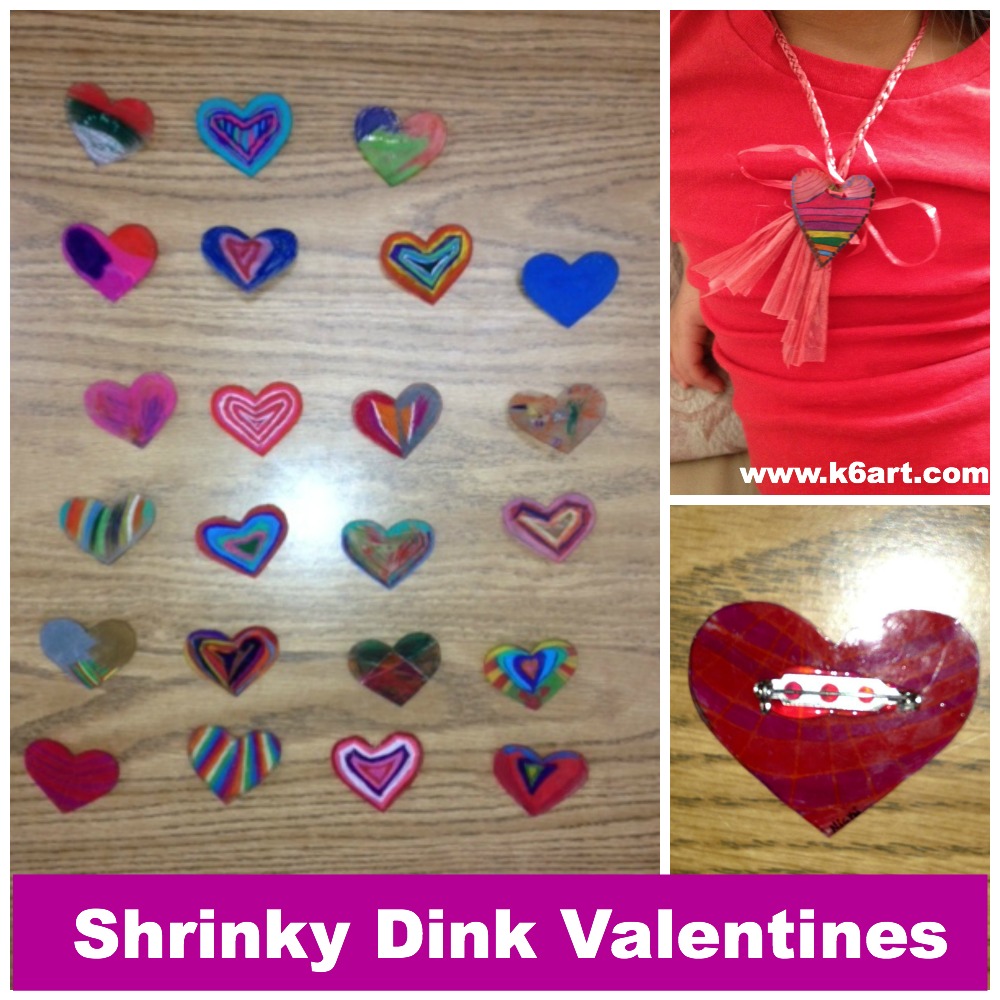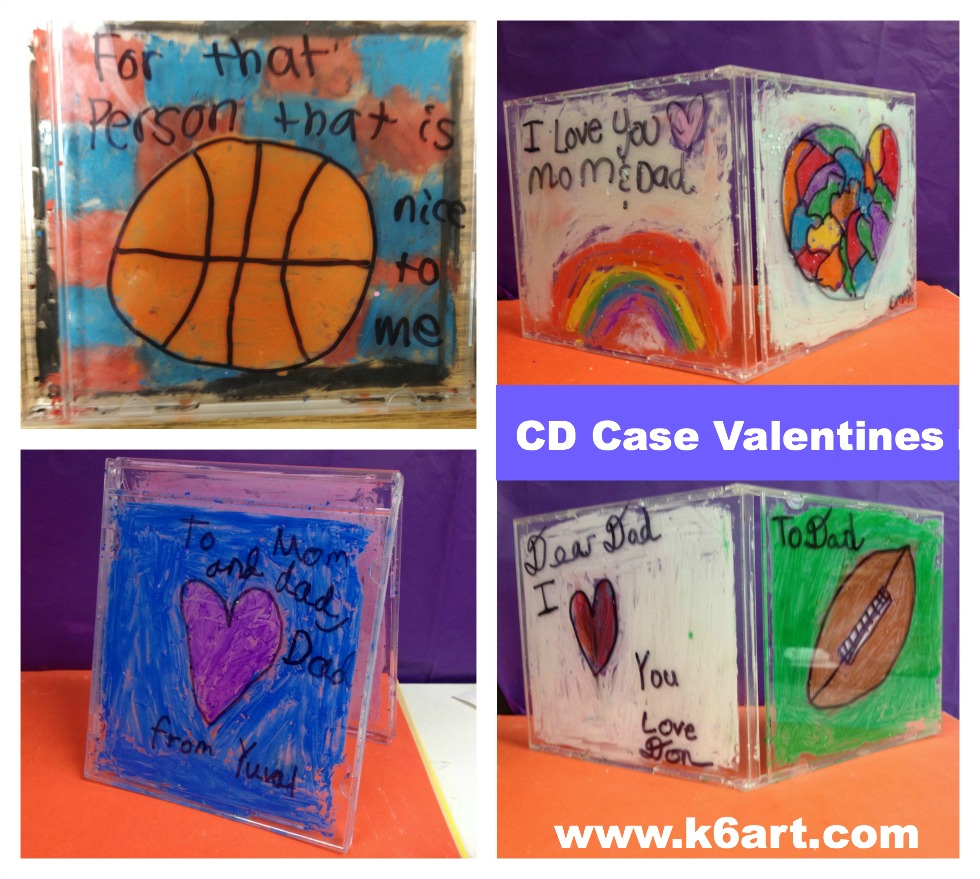
Each year our third graders study habitats (also known as biomes) in the science lab, in the General Ed classroom, and in the art room. These colorful watercolor paintings are our contribution to the habitat unit.
We began by looking at All about Deserts (Question & Answer Books)by John Sanders and Patti Boyd.
The book was full of fun facts and charming illustrations. We looked carefully at the desert landscape illustrations and identified foreground, middle ground and background. I emphasized that to create a sense of depth, items in the foreground should appear larger and more detailed while items in the background should appear smaller. I modeled several simple line drawings so they could get the hang of it.
We used just three materials: sulphite drawing paper, black crayons, and pan watercolor. We created the black crayon drawing on day one and painted it on day two.
Third grade results:
I am happy to report that this project was highly successful with the third graders.
Enjoy!
Rina



